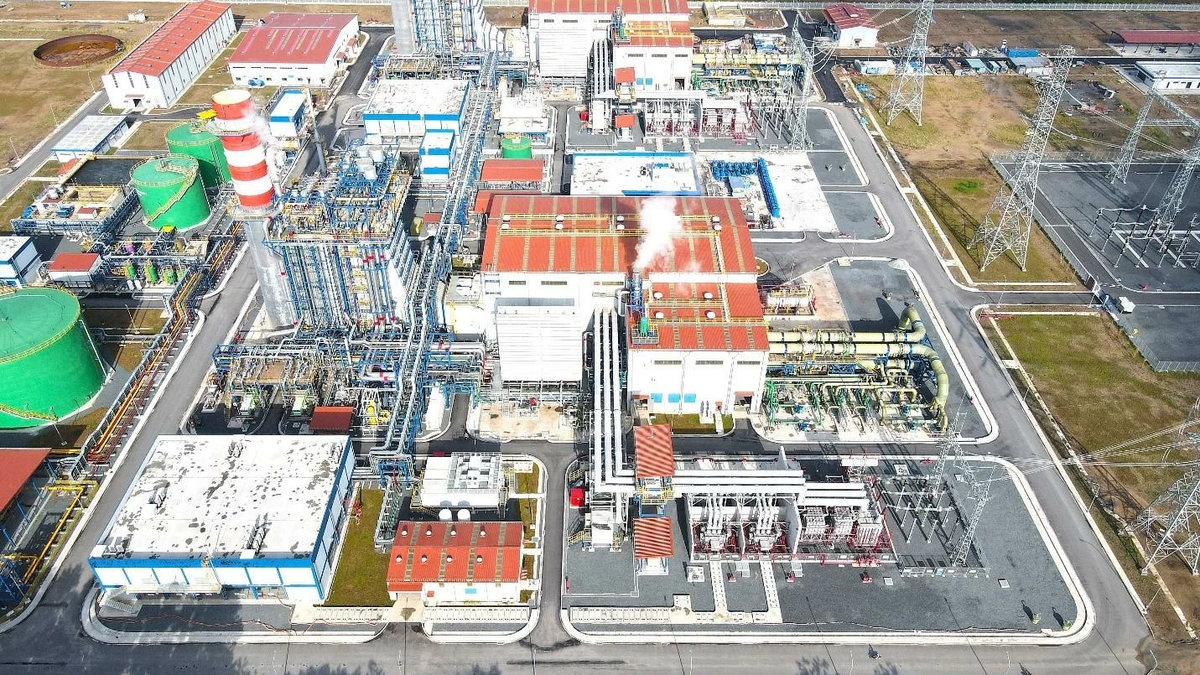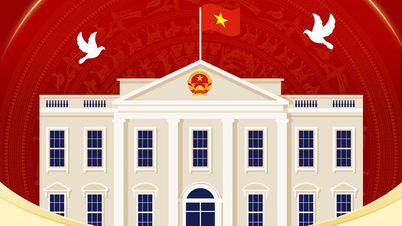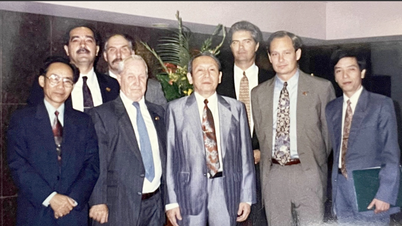According to Marissa Salim, Senior Research Team Leader for Asia- Pacific (APAC) at the World Gold Council (WGC), central banks around the world continued to increase their gold reserves in May.
Global central banks bought a net 20 tonnes of gold in May, close to the 12-month average of 27 tonnes. Nine central banks added gold to their reserves.
Specifically, the Central Bank of Kazakhstan (NBK) took the lead by adding 7 tons of gold, bringing total reserves to 299 tons. Since the beginning of the year, NBK has increased its gold reserves by 15 tons.
The Turkish Central Bank bought 6 tonnes, bringing its year-to-date accumulation to 15 tonnes. The National Bank of Poland (NBP) added 6 tonnes and was the largest net buyer of gold in 2025, with a total of 67 tonnes.
The People's Bank of China and the Czech National Bank each added 2 tonnes. The National Bank of the Kyrgyz Republic, the National Bank of Cambodia, the Central Bank of the Philippines and the Bank of Ghana each bought 1 tonne of gold.
On the selling side, the Monetary Authority of Singapore led the way with 5 tonnes of gold sold in May, followed by the Central Bank of the Republic of Uzbekistan and Deutsche Bundesbank, each selling 1 tonne. Year-to-date, Uzbekistan was the largest net seller (27 tonnes), followed by Singapore (10 tonnes).
Data updated to April 2025 shows that the Qatar Central Bank bought 2 tons of gold, bringing the total global net purchases for that month to 16 tons.
According to the Central Bank Gold Reserves Survey 2025, conducted by the WGC, 95% of banks surveyed said they would continue to increase their official gold reserves, a significant increase from 81% in last year's survey. Notably, 43% of central banks said they would buy more gold in the next 12 months.
Global central banks hold more than 36,700 tonnes of gold, or about 17% of all the gold ever mined. The United States, Germany and China are the countries with the largest gold reserves.
The tycoon continues to 'hug' gold
Gold has long been considered the benchmark against which all other safe-haven assets are judged, according to precious metals analysts at Saxo Bank. For centuries, it has preserved wealth in a way that few other assets have been able to match, especially during times of systemic risk.

Gold differs from other commodities in that it does not depreciate in value but is primarily a store of value, with its primary function being monetary rather than industrial. This reinforces gold's unique position in the global financial system.
Saxo Bank said that for many countries, gold reserves are a form of asset diversification, helping to support financial stability and protect against currency fluctuations or geopolitical shocks. This is also the reason why demand for gold from central banks remains stable and often increases during times of global uncertainty.
Gold prices rose nearly 25% in the first six months of 2025, said Jeetendra Khadan, Senior Economist , and Kaltrina Temaj, Research Analyst at the World Bank's Prospects Group.
The recent rally in gold prices has been driven largely by strong demand amid policy uncertainty and heightened geopolitical tensions. A surge in inflows into gold exchange-traded funds (ETFs) in the first quarter of 2025 also pushed investment demand to its highest level since 2022.
In addition, continuous buying by central banks is also a strong supporting factor, reflecting reserve management strategies.
The outlook for gold demand remains very positive in the near term, underpinned by rising global uncertainty and geopolitical risks. Experts forecast that gold prices are expected to increase by about 35% in 2025.
HA (according to Vietnamnet)Source: https://baohaiphongplus.vn/gia-vang-bien-dong-manh-dai-gia-nao-gom-them-20-tan-vang-416115.html






























![[Photo] Gia Lai provincial leaders offer flowers at Uncle Ho's Monument with the ethnic groups of the Central Highlands](https://vphoto.vietnam.vn/thumb/1200x675/vietnam/resource/IMAGE/2025/7/9/196438801da24b3cb6158d0501984818)






































































Comment (0)